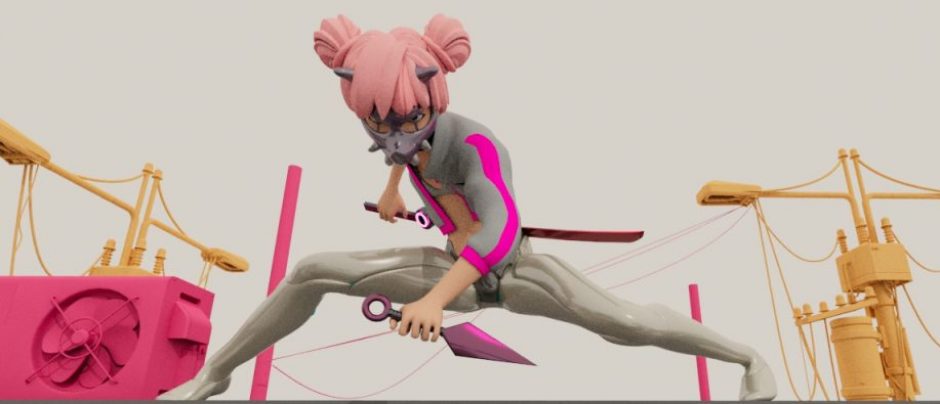Reference


From the real animals (squirrels, cats, dogs, reptiles) in nature to the fictional creatures (dragons and monsters), it is necessary to master the movement law of tail as one of the most common components of living things. This week, I began to learn the tail trajectory of a small ball with tail in the process of jumping.

Before I started to make Maya animation, I drew a simple draft 2D animation for reference. After painting, I have a further understanding of the tail’s trajectory, which is of great help to my next 3D animation production process.
Process
First of all, I need to make one movement of the tail during a jump.The fox’s body jumps once for about one second (24 frames), while the tail’s movement ends at 36 frames.
The initial state of the tail is like below, after jumping, the tail will fall under the influence of gravity (about 4 frames).



When the fox reaches the top (frame 12), the tail is at the bottom of the whole process. When the fox touches the second cube (at frame 24), due to the influence of inertia, his tail is at the top of the whole process, and then slowly swing for a little bit while.


Open the motion trail for comparison and continue to refine.
Summary
After this week , I have a general understanding of the sample movement of the tail . However, obviously, this is just the most basic. If I want to make a mature and complete tail motion animation, I still need a lot of observation, research and practice to fill the gap of knowledge.

In addition, this is a draft of some of my new ideas (similar to a game level). If I have the chance, I will do it in 3D animation.
